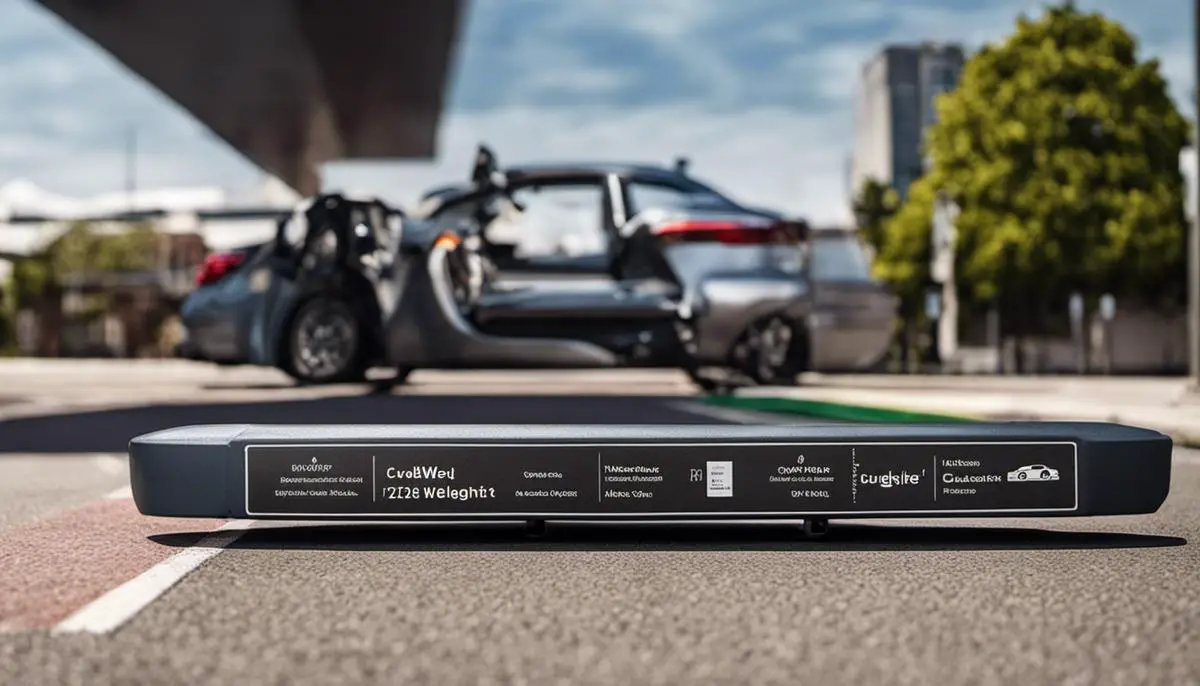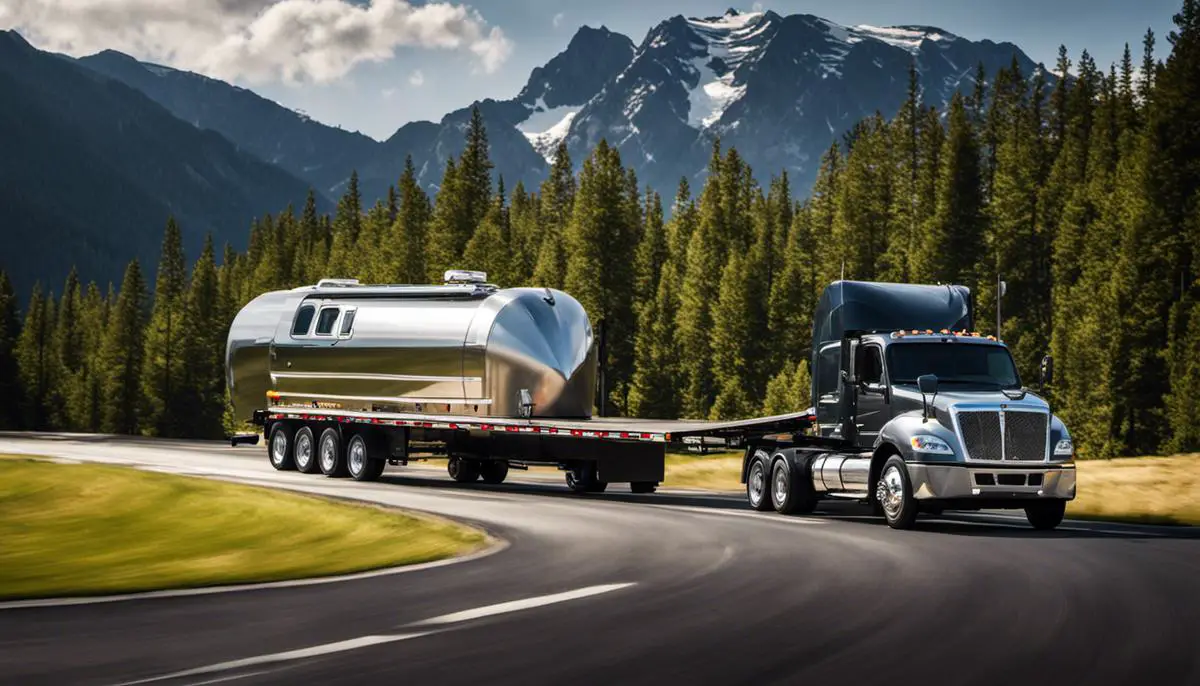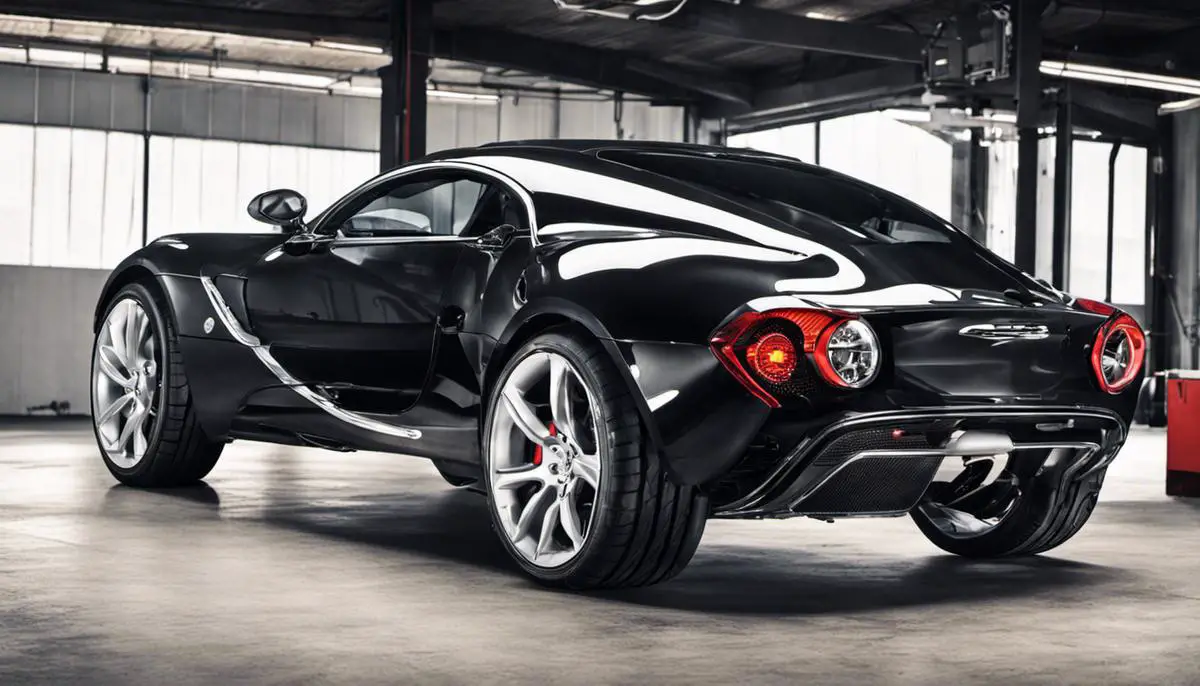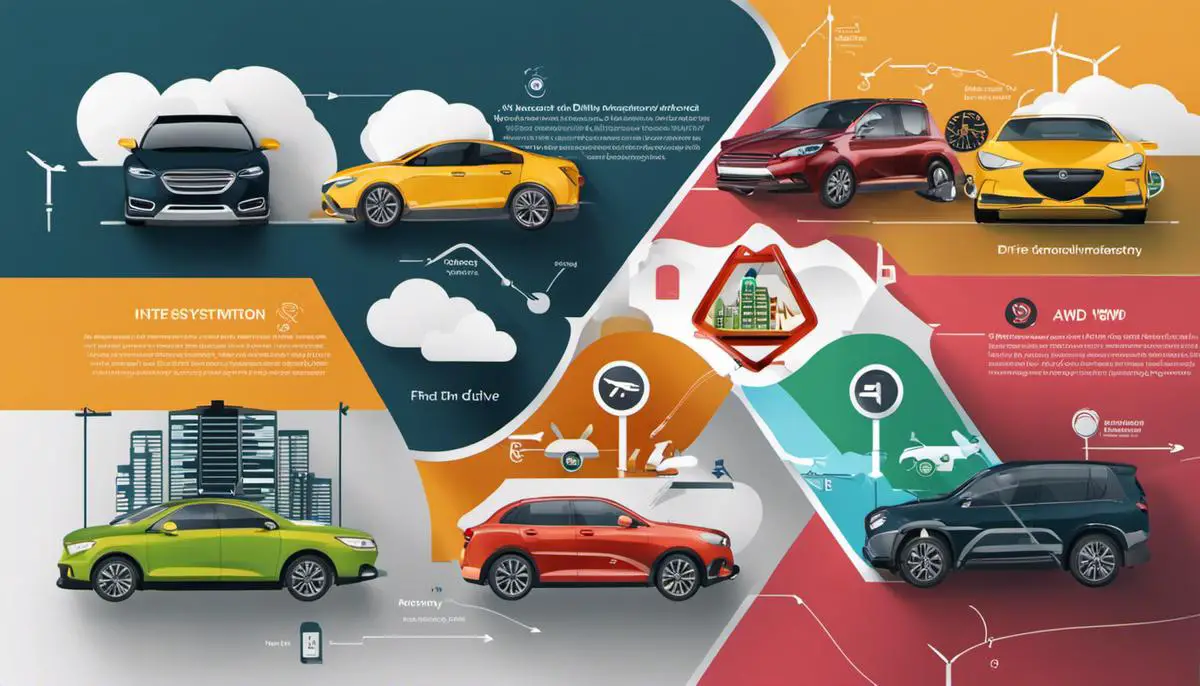The significance of a vehicle’s curb weight might seem trivial to an everyday motorist, but it holds immense value when it comes to understanding vehicle performance. Curb weight refers to the weight of a vehicle at rest, devoid of passengers, cargo, and other additional loads. It’s comprised of several significant components, including the body, engine, fuel, and more, with each contributing to the overall weight. How this weight is distributed in the vehicle and the material composition significantly impact not only the vehicle’s performance characteristics such as efficiency and handling, but also its safety levels and how it gets influenced by technology advancements.
Contents
Understanding Curb Weight
Unravelling the Intricacies of Curb Weight in Automobile Technology
Navigating through the ever-expanding universe of automobile technology, there is always an intriguing term awaiting discovery. As tech enthusiasts, we are invariably intrigued by these details that most might overlook. Today, the focal point of discussion is a fairly overlooked but essential concept for any autophile – ‘Curb Weight’.
So, what exactly is curb weight? Strip away the jargon and you’ll find that the term refers to the weight of the vehicle without any passengers or cargo, but carrying the necessary automotive fluids like engine oil, coolant, brake fluid, or even a full tank of fuel. It also encompasses standard equipment and any other options installed by the manufacturer.
The curb weight is integral to understanding a vehicle’s pure operational performance. Given its determinant nature on aspects like acceleration, fuel efficiency, and braking distance, deciphering it becomes an imperative task.
The method to calculate this crucial figure is straightforward and to the point, much to the delight of passionate tech enthusiasts. Typically, manufacturers are the ones to provide this specification. They use industrial-grade scales offering high-accuracy readings, weighing the vehicle after completion of the manufacturing process – once all standard equipment and essential fluids are appropriately added.
It is worth noting that the calculation of curb weight excludes any aftermarket modifications. Accessories like cargo racks, custom stereo systems, or additional modifications post-production do not factor into the curb weight as stated by the manufacturer.
Now, it’s essential to not confuse the curb weight with other weight terminologies within the same domain. Gross Vehicle Weight (GVW) or Gross Vehicle Weight Rating (GVWR), for instance, include the weight of the passengers, the cargo, and the vehicle itself. No tech enthusiast loves confusion, and clarity here is key to understanding a multitude of vehicle specifications and capabilities.
To a casual eye, curb weight may seemingly appear a mundane statistic but for those chomping at the bit to dive deeper into the technological aspect of their rides, understanding it is incredibly rewarding. It offers analytical insights, helping discern inherent vehicular characteristics and validate performance expectations.
On a final note, while comparing different vehicles and their capabilities, curb weight is an essential figure that calls for attention. As they say, the devil is often in the details. So, the next time a vehicle’s specifications are being perused, be it for admiration or acquisition, remember this seemingly inconspicuous figure holds more weight than most might give it credit for.
As with all technology, continued exploration and understanding pave the pathway for appreciation, and this is what makes the journey as an ardent tech aficionado supremely satisfying.

Curb Weight and Vehicle Performance
Exploring the Impact of Curb Weight on Vehicle Performance
Already versed in what curb weight is? Perfect. Now, let’s delve deeper into how exactly curb weight influences a vehicle’s performance. Remember, though it might not sound glamorous, your vehicle’s weight determines many aspects of how it behaves on the road.
Lean Mean Racing Machine or Smooth-Cruising Sedan?
An immediate and appreciable aspect where curb weight plays an invasive role is in the vehicle’s power-to-weight ratio. Simply put, this ratio is the balance of horsepower to the car’s curb weight. The higher the power-to-weight ratio, the more agile, quicker in acceleration and potent on the track a vehicle becomes. Specifically tuned racing cars often emphasize reducing the curb weight to maximize this ratio, and hence, their performance.
On the other hand, a streamlined cruiser loaded with luxury features results in higher curb weight. While these vehicles excel in providing a plush, comfortable experience, their power-to-weight ratio is subsequently impacted, making them less nimble than their lightweight counterparts.
Brakes and Tires: The Ground Reality
Fundamentally, how swiftly a vehicle stops or how adequately it grips the road during a corner is directly related to its curb weight. A heavier car will naturally require more grip and braking power to control, and hence, may wear out tires and brakes more quickly than a lighter one.
Furthermore, the tire’s contact patch, i.e., the actual surface area of the tire touching the road, directly affects the car’s handling and ride quality. This contact patch expands or contracts depending on the vehicle’s weight, thereby altering the car’s overall stability and handling characteristics.
Fuel Economy and Emissions: Necessary Evils
It’s no surprise that a heavier vehicle requires more energy to move. This equates to greater fuel consumption and subsequently increased emissions. Lighter vehicles, in comparison, tend to have better fuel economy and lower emissions, taking a more environmentally friendly stance.
Putting Pieces Together: It All Adds Up
In conclusion, having a grasp on curb weight isn’t just about rattling off specifications. It’s about understanding that this mundane number elegantly cascades into influencing significant aspects of a vehicle. From power-to-weight ratio to fuel economy, to handling behavior, curb weight is an essential variable in determining a car’s capabilities and performance.
So, the next time you’re spec-checking a prospective four-wheel purchase, give the curb weight stat its due attention. After all, in the technological ballet that is modern automotive design, every gram counts.
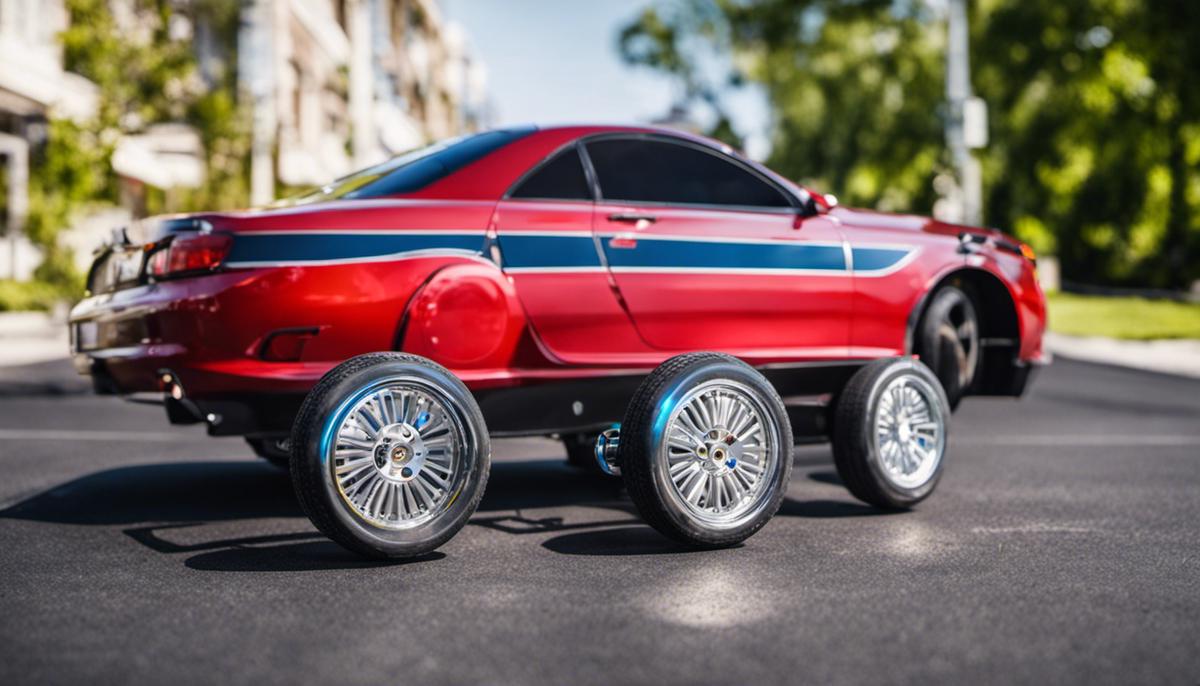
Curb Weight and its Safety Impact
Heading into the arena of safety, the ramifications of a vehicle’s curb weight become more nuanced and complex than its impact on performance variables like acceleration, handling, and fuel efficiency. A vehicle’s curb weight can greatly influence the protection it offers its passengers in a crash. But is it safe to proclaim “the heavier, the safer?” Let’s dive deep into technology’s role in shaping that answer.
In a vehicular collision, Newton’s third law – “for every action, there’s an equal and opposite reaction” – applies. A heavier vehicle (higher curb weight) will inevitably transfer more forces to a lighter one during an accident, leaving the lighter vehicle’s occupants more susceptible to injuries. From this viewpoint, heavier curb weight seems to translate into superior safety.
However, this notion becomes more convoluted during single-vehicle crashes, such as rollovers or crashes into stationary objects. A higher curb weight might result in a greater force upon impact, endangering the vehicle’s occupants. Additionally, heavier vehicles may prove more challenging to maneuver out of dangerous situations, owing to their higher inertia, another factor to consider.
Now that we’ve established it’s not a straightforward “heavier equals safer,” let’s explore how technology serves to balance curb weight and safety.
Modern vehicles utilize high-tech, lighter-weight materials like aluminum and ultra-high-strength steel in their construction. These reduce curb weight without compromising structural integrity. Such robust materials absorb and distribute crash energy effectively, protecting the vehicle’s occupants.
Moreover, advances in safety tech – from airbags, stability control systems, automatic braking to lane-keeping assists – all help to mitigate the impact of a vehicle’s weight on its safety. These features can reduce the chances of a collision or lessen its severity, independent of the vehicle’s curb weight.
In examining whether sidewalk weight influences a vehicle’s safety, the waters become murky with contradicting perspectives. Undeniably, a higher curb weight can offer more protection in multi-vehicle crashes. But in single-vehicle collisions, it could prove detrimental. Thus, rather than focusing solely on curb weight, one might be better served by looking at a vehicle’s technological prowess and its suite of safety features.
With vehicle technologies evolving at a rapid pace, it’s safe to say curb weight is just one piece of the puzzle. Manufacturers are consistently finding intelligent ways to balance weight, performance, and safety. Technology and innovation, then, remain our most trustworthy co-passengers on the fascinating drive that is automobile safety.

Curb Weight and Modern Tech Innovations
Building upon a strong technical understanding of curb weight, the spotlight now turns to examining how modern technology is influencing, addressing, and often nullifying the weighty issue of automobiles. Innovation in materials and advancements in technology are driving breakthrough solutions in managing curb weight while improving performance and safety, creating game-changing developments that thrill tech and car enthusiasts alike.
One of the most pivotal advances is the incorporation of high-strength, low-weight material into car construction. Aluminum alloys and carbon-fiber composites, which were previously reserved for high-performance sports cars, are now gaining mainstream acceptance. Thanks to their substantial strength-to-weight advantage over traditional steel, these materials help in reducing the curb weight without compromising on the vehicle’s structural integrity.
Manufacturers are also leveraging advanced manufacturing techniques, such as 3D printing, to produce complex shapes and intricate designs that optimize weight distribution without added bulk. This area of innovation is a critical player in making vehicles lighter yet sturdier.
Simultaneously, cutting-edge technology is playing its part in power management. Electric vehicle technology, underpinned by high-capacity lithium-ion batteries, offers significant weight advantages over conventional engines. The placement of batteries beneath the vehicle floor also lowers the center of gravity, further enhancing handling and performance.
Additionally, the expanding field of tech advancements in electronic subsystems is requiring fewer mechanical components. For example, classic hydraulic steering mechanisms are being replaced with lightweight, electronic power steering systems. Similarly, mechanical handbrakes are being phased out for electronic parking brakes, leading to reduced weight and enhanced performance.
Vehicle performance extends beyond simple acceleration and agility to encompass fuel efficiency and carbon emissions. Here too, technology is playing a pivotal role. Software advances are optimizing engine performance by fine-tuning the fuel to air ratio under varying driving conditions. This not only reduces fuel consumption but also curbs emissions, all without adding a single pound to the vehicle.
Moreover, the emergence of regeneration technologies, such as regenerative braking in electric cars, harnesses energy typically lost while slowing or stopping and uses it towards charging the battery. This ingenious approach increases vehicle efficiency without impacting the curb weight.
In the dichotomy of safety and curb weight, here again, technology is providing measured solutions. Active and passive safety systems like LIDAR-based accident prevention systems, adaptive cruise controls, and comprehensive airbag systems provide enhanced safety levels irrespective of the vehicle’s weight. These technologies continue to evolve rapidly, reducing the dependency on car weight to ensure safety.
Lastly, artificial intelligence (AI) is making significant strides in vehicle performance and safety. Advanced AI algorithms are being developed to predict accidents or hazardous driving conditions and take proactive measures. Combined with advanced sensor technologies, AI provides another level of performance and safety enhancement that is independent of the vehicle’s curb weight.
In conclusion, driving a balance between curb weight and vehicle performance isn’t a zero-sum game anymore. By leveraging high-tech materials, innovative manufacturing methods, and advanced technology, the automotive industry is successfully navigating the intricate dance of weight, performance, and safety. This journey of discovery and innovation creates a thrillingly optimistic future for vehicle technology, an endless ride of inspiration for every tech enthusiast.
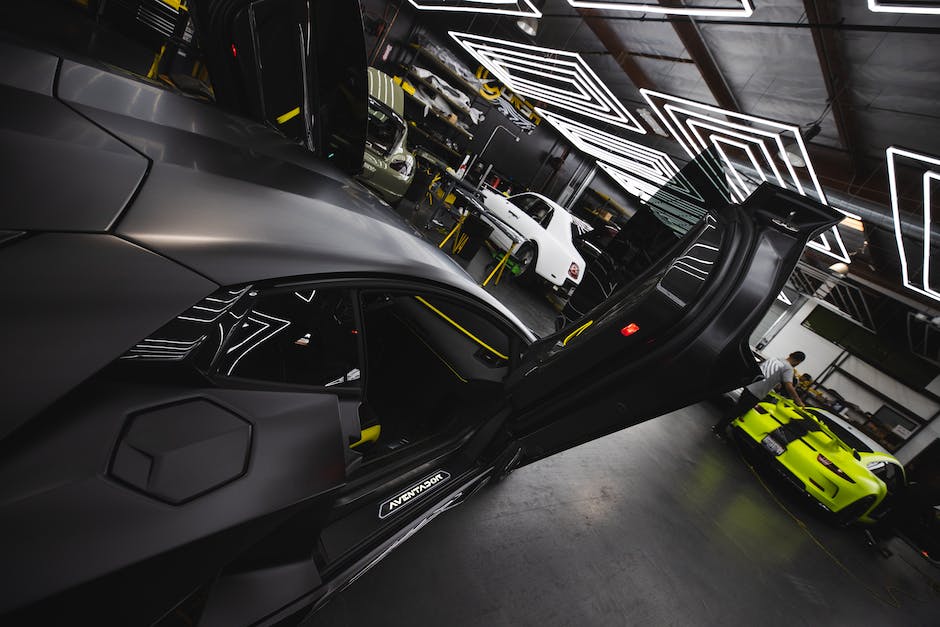
As we have seen, the curb weight of a vehicle influences numerous aspects, from its performance to safety, and is also directly influenced by advances in vehicle technology. With the rise of new lightweight materials and innovative systems, the curb weight of vehicles is reducing, indirectly boosting the overall performance and fuel economy. However, it’s pivotal to understand that as curb weight reduces, the vehicle’s safety quotient may also get affected. Hence, looking ahead, the defining question for manufacturers and designers will be how to strike the perfect balance between performance, safety, and curb weight. Achieving this balance will undoubtedly pave the way for a new era of efficient, high-performing, and safe vehicles.
